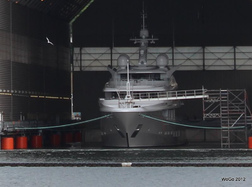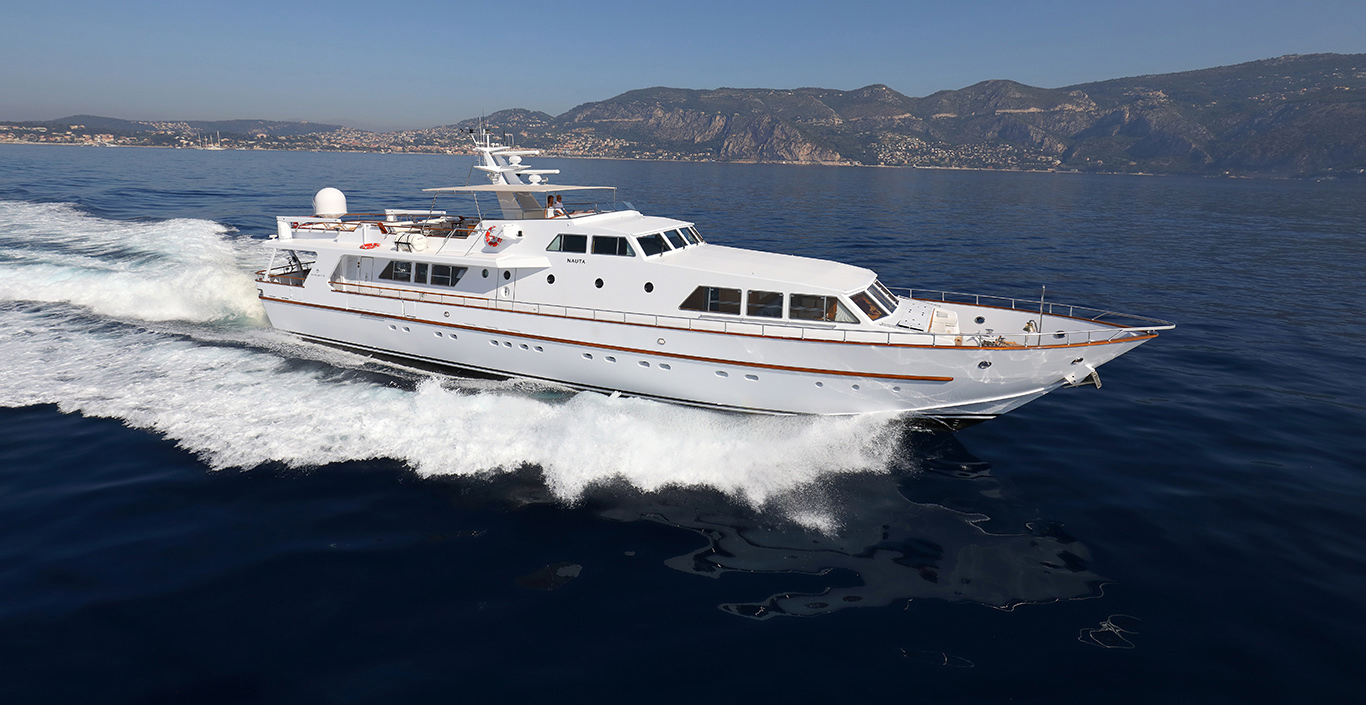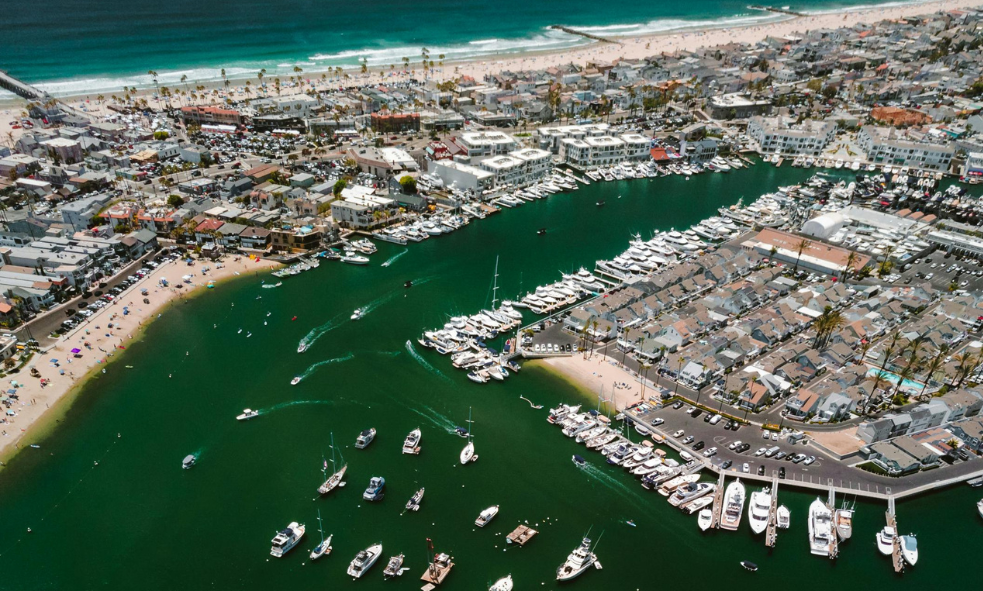19 August 2013
Luxury Yachts on the Drawing Board

With fierce competition to win new superyacht contracts with luxury yacht builders, the pencil fight for an owner’s attention is greater than ever. There are new concepts launched to the market weekly, some more exciting than others, so what becomes of those that never leave the drawing board? There is always an element of risk when releasing new ideas onto the superyacht market. Having said this, it is a good and cost-effective way (in the long term) to promote a design agency’s abilities and innovativeness. Rarely will an initial concept remain unchanged as most clients will want to tweak certain elements of the design. Whether purely interior alterations which, in turn, have the potential to impact on the aesthetics of the exterior, or they like the design but simply want a larger version, changes are inevitable. Therefore, concepts become a launching pad to evolve an idea into a more promising and bespoke product that meets the tastes of a client.
There are often numerous projects languishing on the drawing boards of even the most respected designers that for one reason or another never quite made it into production. Often, many hours of skill, passion and imagination have been lavished on these – and if one is in the market for a new yacht, it may be a good idea indeed to cast an eye over these ‘Cinderella’ projects. Much of the hard work has already been done; they just need a little luck to breathe life into them once more. Bannenberg and Rowell have invested “many, many, many hours of hard work” on a 73m design, whose elegant lines prove that a yacht doesn’t have to look like an alien craft in order to be innovative. They’ve taken yacht geometry and given it a strong twist: many of the surfaces are concave with dynamic panel junctions, and what they term ‘progressive window iconography’ throws the porthole rule book overboard. Designs such as this are bang on trend – you can be confident that this yacht, or something like it, will be appearing in the next few seasons. The next step is to push boundaries a little further, and this often happens when designers wonder ‘what if?’ Based in the South of France, the British designer, Alex McDiarmid, starts with a ‘non-nautical philosophy’ and takes inspiration from history and nature, challenging modern yacht design and constantly asking questions. Could you make an all Carbon fibre reinforced plastic yacht like the Boeing Dreamliner? Why can’t yachts be decorated like a duelling pistol (really – see the stunninglooking 100m ‘Duel’.) Nature is also a strong inspiration, from the twisting colourful forms of shells (imagined as the 85m-90m ‘Conch’) to the skeleton and ligaments of the 85m-100m ‘DNA.’ McDiarmid examines the latest hybrid pod drives, weight reduction and composite materials to work alongside these dramatic hull and superstructure forms. Another young design studio – composed of experienced individuals – Claydon Reeves continues to produce concepts that push the boundaries of yacht design but that remain buildable. The 46m organic-inspired Exo concept, created in collaboration with Dykstra Naval Architects, was carefully considered and could easily be developed further under the instruction of a client. It is a classic example of where the designers have done their homework but strive to find a client to fall in love with the look and idea behind the creation and to trust the designer’s vision. Fear of the unknown and the safety blanket of the tried and tested will always make more sense to the successful businessman. It is the true entrepreneur that will fund the means to satisfy a designer’s aim and drive a sail or motor yacht manufacturer to do things in a different way. Today’s concepts are never forgotten but merely recycled, improved and used in other ways. For more information about these and other concepts or designing a new yacht, please contact us.








